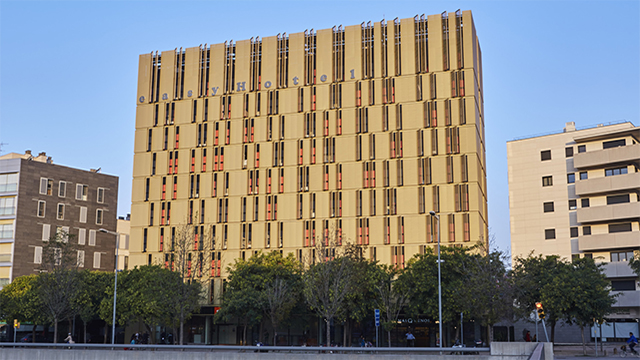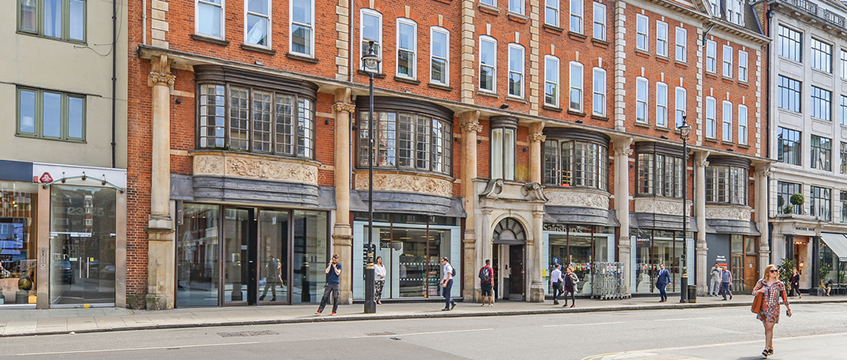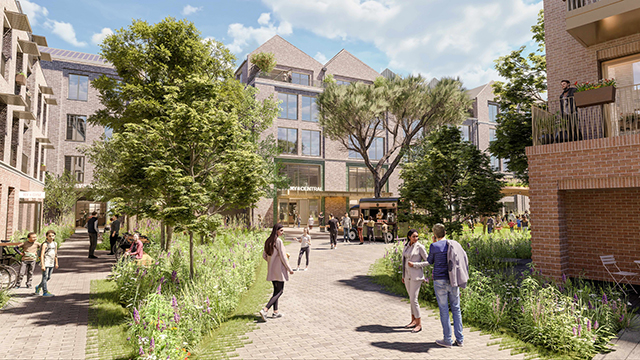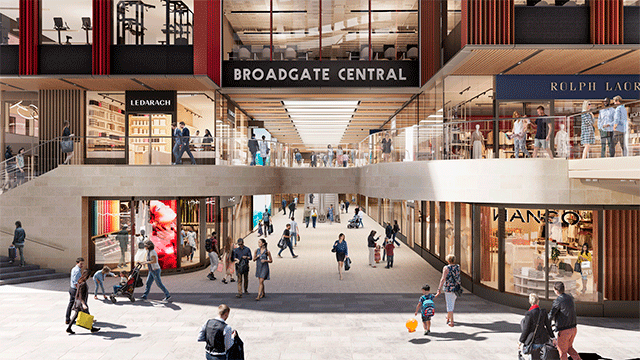COMMENT Over the next 10 years, 5G – the next generation in wireless mobile technology – could boost UK output by more than £150bn. It will vastly improve the service quality currently experienced by mobile users, disrupt the way current industries operate and lead to the creation of new ones too.
The technology will allow devices to experience connections faster than fibre without being tied down by cables – and it will deliver other game-changing innovations as well. To ensure they do not get left behind, landlords need to understand the role they play in this digital revolution.
Backbone for evolution
There are three big impacts from 5G. First, bandwidth, the amount of data transferred per second, will be improved by up to 100 times compared with 4G. This will allow movie streamers to watch the highest-quality videos on their mobile devices without any buffering.
Secondly, latency, the response time of devices to instructions, will reduce to reliably provide instantaneous responses in all settings.
Thirdly, user capacity will expand significantly as 5G will support up to 1m connected devices per sq km. Many more devices will be reliably supported in all locations, including high-density environments such as cities, stadiums and warehouse floors. These changes will provide the backbone for the evolution of the internet of things across industries.
While consumers will enjoy the benefits of higher bandwidth for home entertainment on their phones and tablets, this is not where the industry transforming properties of 5G will be truly appreciated. Reduced latency and increased device capacity will bring about the wider adoption of new sensor and monitoring technology, augmented reality, virtual reality, free-roaming wireless robots and eventually autonomous vehicles.
One example of the transformational benefits that reduced latency will bring could be seen in healthcare and its use of surgical robots. 5G will allow wireless robots, operated through virtual reality, to respond instantaneously to a surgeon’s precise movements, improving accuracy and negating the need for intrusive procedures. This will reduce infection risks and patient recovery times. It may even enable top surgeons based, say, in a London hospital to operate remotely anywhere in the world with suitable robotic equipment.
The future delayed
From a real estate perspective, occupiers will come to expect an increasingly high-quality 5G service. However, our research shows there will be a large variance in the performance of a building due to location, specification and design. Landlords must ensure that their assets can facilitate 5G connectivity and capture occupier demand, or income and capital values will be at risk.
A stumbling block to 5G performance is that it operates at a higher frequency than other wireless technologies, meaning that it struggles to pass through most materials. While 5G will free devices of their wires, it will likely place a heavier cabling requirement on landlords to accommodate smaller antennas, or “small cells”, within buildings. This will require an understanding of how risers traverse a building and the need to facilitate access to occupiers. It will increase demand for regular shaped floorplans with limited internal obstructions to allow 5G signals to travel more easily. For more complex or irregular buildings, higher capex will be needed to improve 5G permeability.
We expect location to drive demand. The internet is transported by cables that bring the connection to local 5G antennas. If there is high demand by users on the cables or they are of poor quality, this could reduce 5G performance in the area, and the digital performance of the building. In aggregate, 5G will likely lead to greater occupier demand for assets in cities that are more digitally connected.
When will our 5G-enabled future be realised? 5G had been expected to be delivered throughout the UK over the coming two to three years. However, this will now be delayed by up to three years due to the recent UK government decision to instruct networks to remove all Huawei equipment by 2027.
The UK’s 5G network remains in its infancy but that should not stop forward-looking investors from understanding and acting upon its transformative impact today. Acting now will maximise the potential to protect, create and grow income in the future and help protect assets against value erosion.
Fintan English is a research associate at Mayfair Capital











